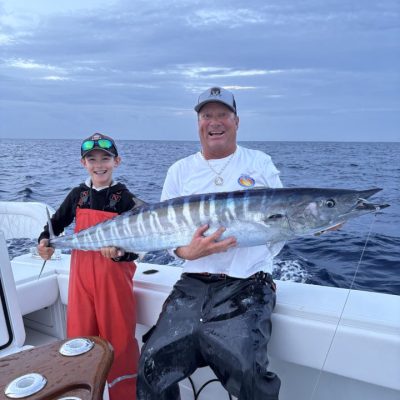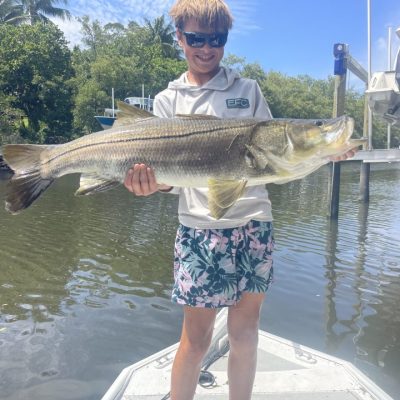Conservation
Environmental and waterway news.
Latest in Conservation
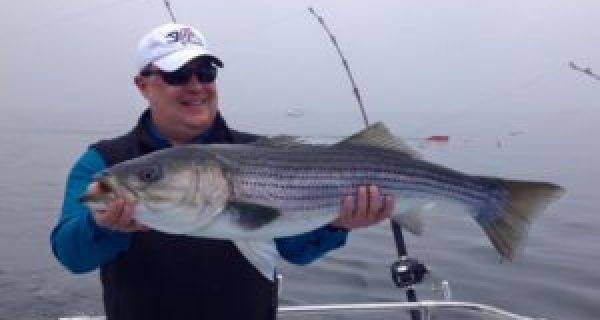
Ten Resolutions to Get You Fishing
Here are some “resolutions” for 2017 designed to get you out on the water. Trust me, these are resolutions you’ll want to stick to.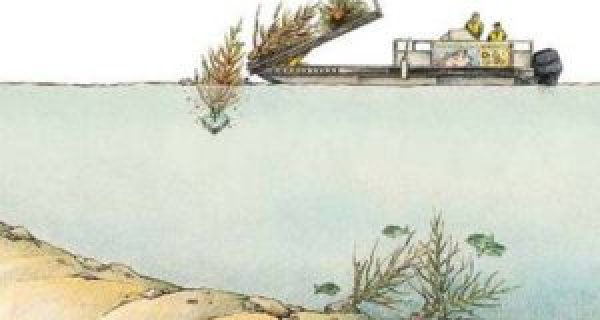
Christmas Trees for Improved Fish Habitat
Christmas Trees for Improved Fish Habitat As the holiday season comes to a close, many of us are more than ready …
New Barracuda Size Limits for South Florida – Includes Martin County
At its November meeting in St. Petersburg, the Florida Fish and Wildlife Conservation Commission (FWC) set new barracuda size limits. …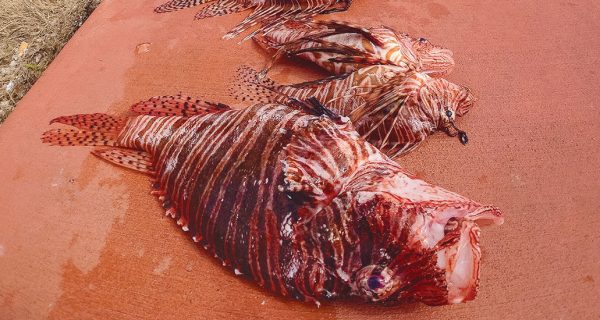
Tips and Tricks to Choose Sustainably Sourced Seafood
By integrating sustainable fishing and seafood practices into our daily lives, we can ensure that local ecosystems thrive for generations to come.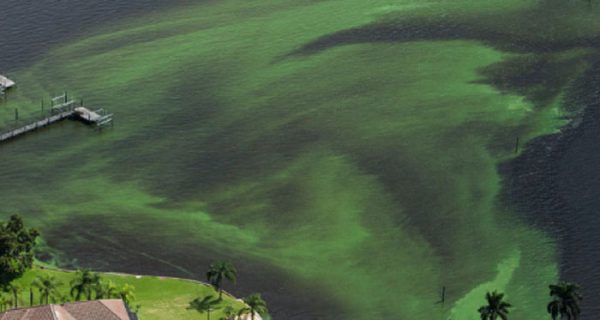
Dolphins Act As The Ocean’s Sentinels, What Can They Tell Us About Algae Blooms?
Over the past 50 years, a great number of previously unknown human diseases emerged, while other well-known maladies, including cholera and tuberculosis, have seen a significant resurgence. Not surprisingly, dolphins and other marine mammals experience a similar trend. Algal-bloom bio-intoxication is one of the better-understood disease agents.

